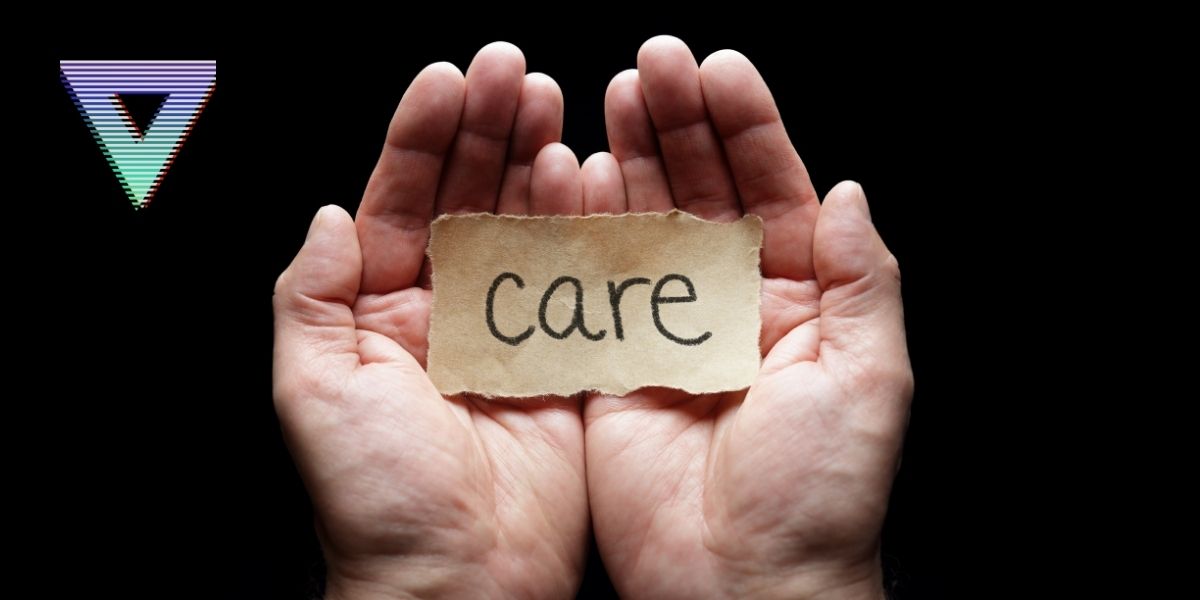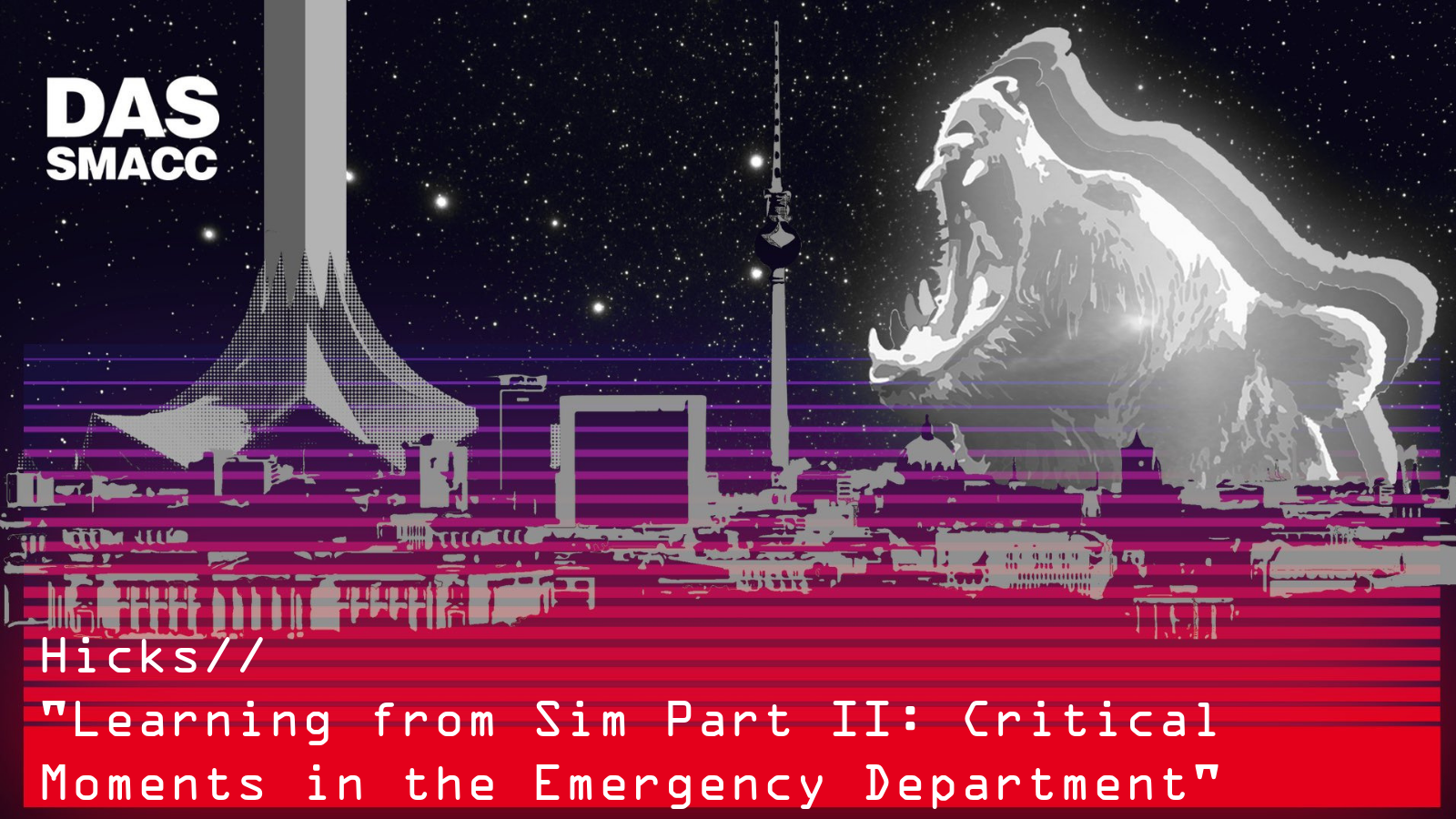Can medical simulation provide a safe working environment anywhere? by Clare Richmond
Simulation is a tool which allows us to rehearse our skills and scenarios before they happen in real life, to real people, our patients. Many clinicians dislike simulation, they know it is good for them, but find it challenging to drop into a world of manikins, fear performing in front of their peers and find debriefs uncomfortable.
This talk will consider the purpose of simulation and its role in providing a safe working environment for clinical care anywhere.
As a junior doctor Clare always found simulation hard. A combination of talking to a plastic model, having to debrief, and trying to figure out the endemic of cardiac arrests in mannikins were all challenging.
However, Clare now provides a useful overview to medical simulation and some handy tips into making the most of the simulation experience.
The beginning, or pre-brief, provides an opportunity to improve learning. Here there should be consideration of psychological safety for the participants. It is a chance to immerse the learners for their improved learning.
The scenario is where all the learning migrates from.
It is central to the exercise. The case must come from reality. However, Clare cautions against a case that has truly come from real life.
Instead draw from a real case a condition and cause, complications, and co-morbidities. Add to the case a sense of humanity, be it a husband, a child, a family, or a story.
This reflects the complexity of real life. Do not forget to challenge participants to remove them from the comfort zone and into the learning zone.
Every twist and turn must have a reason for being there. Keep it real and authentic and align it with the objectives of the experience. Keep the simulation somewhat real.
This means real equipment and real collaborations with other health care professionals where possible. Also consider using humans as real patients.
Lastly, debrief and reflect on the learning experience. This should be approached with curiosity. Re-run scenarios if need using the ‘pause, reflect, repeat’ model.
Clare finally advises all to prepare for the expected and rehearse for the unexpected. Things do happen. Medical simulation ensures you will be as prepared as you can be.
Can medical simulation provide a safe working environment anywhere? by Clare Richmond
For more like this, head to our podcast page. #CodaPodcast
Clare Richmond
Clare is an emergency physician and prehospital and retrieval medicine specialist working in Sydney, NSW. She is the director of training at Sydney HEMS and still returns to the Sydney Clinical Skills and Simulation centre to keep involved in the sim world. Her involvement in SMACC started with handing Simon Carley a large snake in Sydney and has continued through simulation and SMACCForce where we’ve pushed the boundaries of simulation in conferences. Outside of work she spends her time with her dog, Archie or practising and studying yoga.





